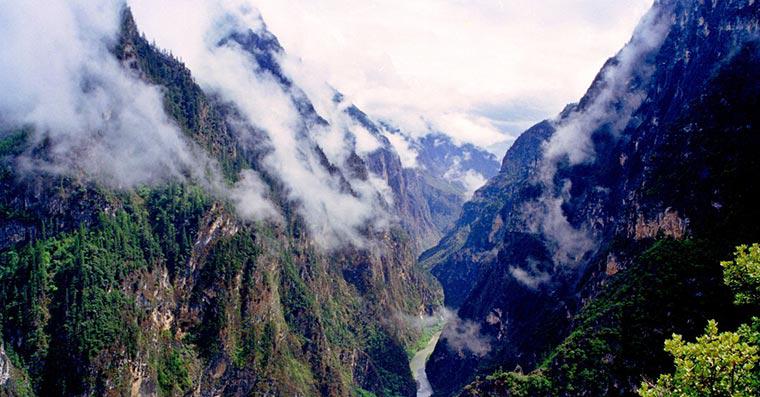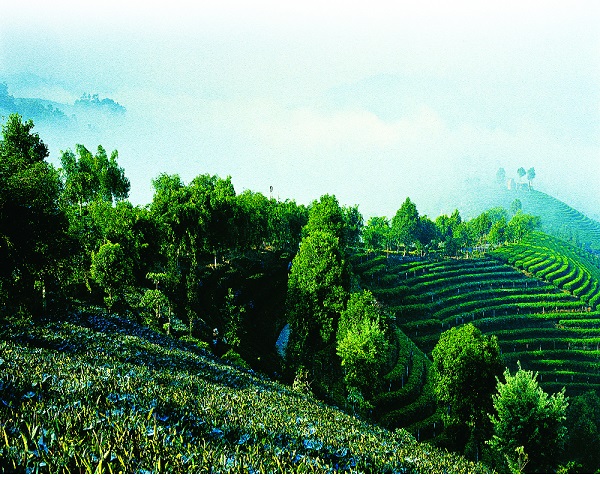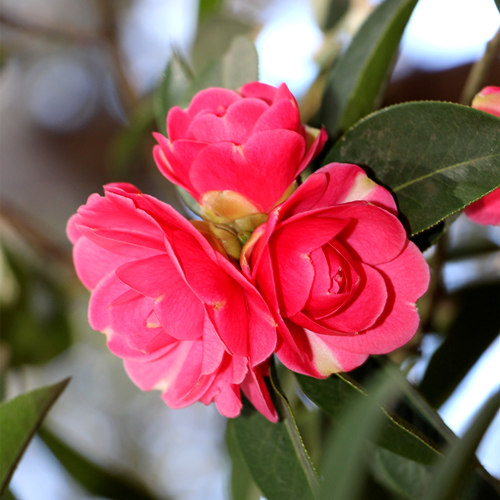
Introduction to Shidian County of Baoshan
Shidian County (施甸县) is located in the northeastern part of Baoshan City, Yunnan Province, China. Known for its stunning landscapes, rich history, diverse ethnic cultures, and agricultural abundance, Shidian is a picturesque region that offers visitors a blend of natural beauty, cultural heritage, and historical significance.
Geographical Location and Climate
Location:
Shidian County spans an area of approximately 2,912 square kilometers and is strategically located in the northern part of Baoshan City, bordering Kunming to the east and Myanmar to the west. It is surrounded by other counties such as Longyang, Yingjiang, and Lincang, making it a key part of the western Yunnan region.
Terrain and Environment:
The county is characterized by mountainous terrain, river valleys, and plateaus, with elevations ranging from 700 meters in the valleys to 2,500 meters in the surrounding mountains.
Shidian is located at the junction of the Nu River and Mekong River systems, contributing to the county’s rich water resources and fertile soil.
Climate:
Shidian experiences a subtropical monsoon climate with distinct seasonal variations. The region enjoys mild temperatures, abundant rainfall, and a long growing season, making it ideal for agriculture. Average annual temperatures range from 14°C to 20°C.
Historical Background
Shidian has a long history and cultural heritage dating back several centuries. Historically, it has been a crossroads for trade and cultural exchanges between China and Southeast Asia, especially due to its proximity to Myanmar.
Ancient Trading Routes: Shidian was an important part of ancient trade routes, particularly the Tea Horse Road, where it served as a key trade center for tea and other commodities moving between China, Tibet, and Southeast Asia.
Cultural Heritage: The county is home to various ethnic groups, including the Han, Yi, Hani, Lahu, and Dai, contributing to the region’s rich and diverse cultural traditions.
Modern Development: In recent decades, Shidian has undergone significant modernization in terms of infrastructure, agriculture, and tourism, while preserving its cultural heritage.
Economic Overview
Shidian’s economy is based on agriculture, industry, and trade. The county has strong economic ties with neighboring regions and countries due to its geographic location and historical significance.
1. Agriculture
Agriculture is the backbone of Shidian’s economy, with the fertile soil and favorable climate supporting a wide variety of crops:
Tea: Shidian is part of the Pu'er tea production area, known for its high-quality tea leaves, particularly black tea and aged Pu'er tea.
Tobacco: The county is a key producer of tobacco, contributing to the local and regional tobacco industries.
Fruits and Vegetables: The region also grows corn, rice, potatoes, and a variety of tropical fruits, including bananas, lychees, and oranges.
Coffee and Spices: The growing coffee industry and the cultivation of spices like cardamom have also become important contributors to the economy.
2. Industry
The industrial sector in Shidian is based on food processing, textiles, and construction materials. In addition, the county has potential for mining and forestry, with rich natural resources that support local industries.
3. Trade and Cross-Border Economy
Shidian is a crucial point for cross-border trade due to its proximity to Myanmar. The county benefits from international trade in commodities like tea, tobacco, agricultural products, and handicrafts. The China-Myanmar border trade plays a vital role in the local economy, and the county has seen an increase in trade and logistics activities.
Ethnic and Cultural Heritage
Shidian is a melting pot of different ethnic groups, with the Yi, Hani, Lahu, Dai, and Han peoples making up the majority of the population. These groups bring their own rich traditions, languages, and customs, making Shidian a diverse and culturally vibrant region.
1. Yi Culture
The Yi people in Shidian are known for their colorful costumes, intricate embroidery, and lively festivals such as the Torch Festival. This festival involves traditional songs, dances, and the lighting of bonfires to celebrate the harvest and honor ancestors.
2. Hani and Lahu Cultures
The Hani people are renowned for their agricultural techniques, particularly their terraced rice fields, which are often considered a UNESCO World Heritage Site. The Lahu people have a rich oral tradition, including music and dances performed during their New Year celebrations.
3. Dai Culture
The Dai people, known for their water-related rituals and the Water Splashing Festival, celebrate the start of the new year with traditional dances and large communal celebrations.
&n



